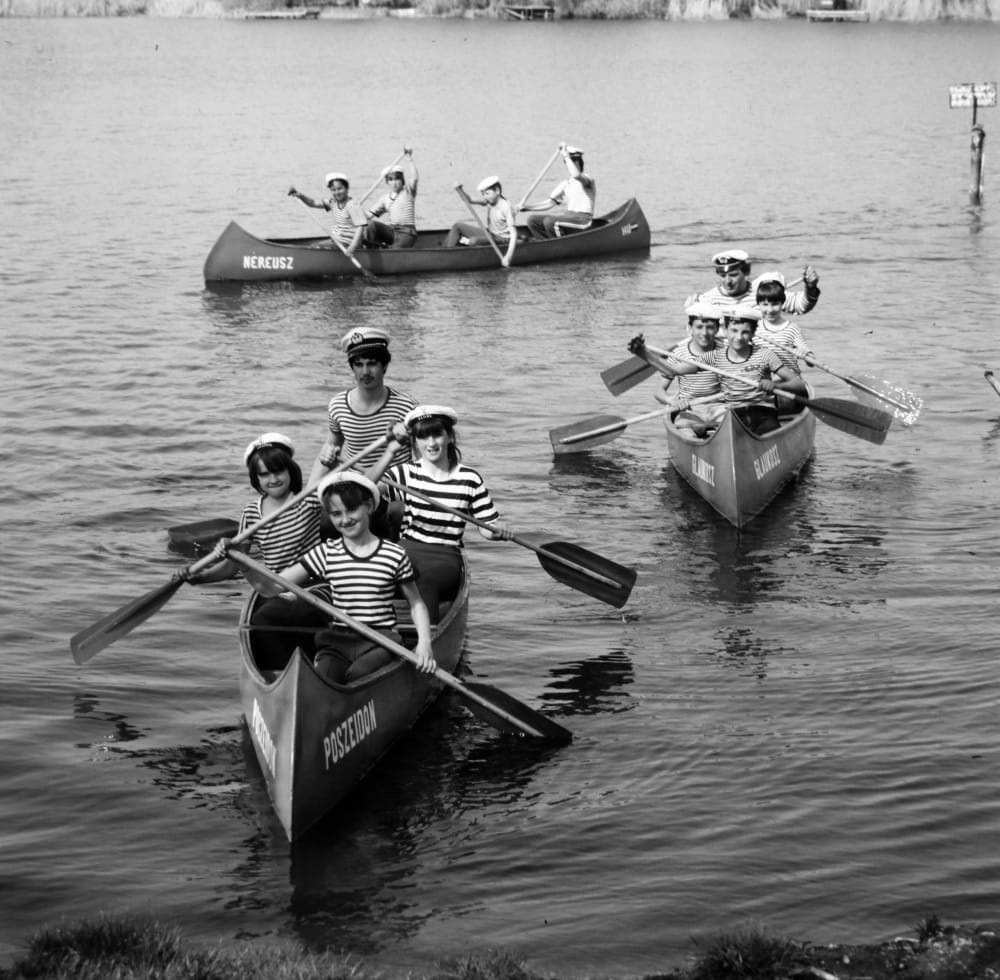Behind the scenes of UX research: how listening to users shapes better design
Every project starts with a question: who are we designing for? At first glance, the answer seems obvious – “for the customers.” But in practice, the reality is much more complex.
Working with Occhio, a brand renowned for perfect design and lighting quality, we knew we couldn’t stop at the surface. The lighting configurator we focused on during the research is not just a sales tool. It’s a crucial element of the entire brand experience – in the showroom, in interactions with sales staff, and in the eyes of end customers.
We wanted to understand how this system really works – not in theory, but in everyday practice. That’s why we stepped out from behind our desks. It meant traveling, spending hours in showrooms, talking to salespeople and customers, and getting to know the company from the inside.
Table of contents
UX research, in our view, is not an online survey or a quick call. It’s a process of entering the user’s world, letting them lead us, and then connecting their experiences with both design and business perspectives. That’s why we conducted interviews in the participants’ native languages – so they could speak freely, and we could capture emotions, nuances, and meanings that are often lost in a foreign language.
Why is research key?
Design without research is guesswork. An interface may look perfect on mockups, but if it doesn’t support real scenarios, it remains an empty shell. Research is the compass that shows where users face barriers, what feels intuitive to them, and what needs to be improved.
In the case of Occhio, our goal wasn’t just to “test the configurator.” We wanted to capture the entire service design process: from the client’s first contact in the showroom, through how sales staff work with the configurator, all the way to the purchase decision. It’s within this journey that the brand image is truly shaped.

The process
We began with a contextual analysis – mapping the sales and customer service ecosystem. We wanted to understand how different types of showrooms (Flagship, Premium Partners, Partners) operate day to day and what their priorities are.
Next, we prepared a research plan that combined qualitative and quantitative methods. We started with in-showroom interviews and observations, where we could see real interactions. Sales staff showed us how they used the configurator in conversations with customers, when they had to look for workarounds, and where the tool genuinely made their work easier. They shared what delighted them and what discouraged them when using it.
We carried out these conversations in the participants’ native languages, knowing that this was the only way to hear authentic emotions – from frustration to excitement to moments of hesitation. These are details we would never have caught if the research had been conducted “for convenience” in a foreign language.
At the same time, we analyzed quantitative data. The numbers showed which features of the configurator were used heavily and which were practically nonexistent in daily practice. This comparison was crucial: the stories and observations from the showrooms explained why the numbers looked the way they did.
Finally, we held workshops where we brought all the insights together and worked with the Occhio team to set priorities – what should be improved right away, and what should be planned for the longer term.
Key findings
What struck us most was that the configurator is not just a sales support tool. It’s part of the brand identity – its performance (or shortcomings) directly influences how Occhio is perceived.
We also found that different user groups have very different needs:
- In Flagship stores, full functionality and advanced options matter most.
- In Partner stores, simplicity and speed of service are key.
- For end customers, it’s all about intuitiveness and the “wow” effect.
How research shaped the design
The findings gave clear direction for further design work. Thanks to them:
- We simplified core workflows, reducing the time sales staff spend on tasks.
- We identified where advanced features should be developed for Flagship stores.
- We proposed solutions that increase intuitiveness and customer satisfaction.
This is proof that research is not theory or a report to be filed away. It’s a tool that directly translates into usability and brand experience.
Takeaways for the future
This project once again confirmed that research is the foundation of design. It ensures we don’t design “for ourselves” or “on a hunch,” but based on facts, observations, and the real emotions of users.
Combining UX and service design perspectives showed that the configurator is just one touchpoint – but how it works affects the entire customer journey.
That’s why we say the best design is created when we truly listen to users.And yet, research is only the beginning of the journey. Improving a product starts here, but it certainly doesn’t end here. Ahead lies the validation of introduced changes, continuous optimization, and further iterations – because great design is never finished, it keeps evolving with its users.
Share this article:






